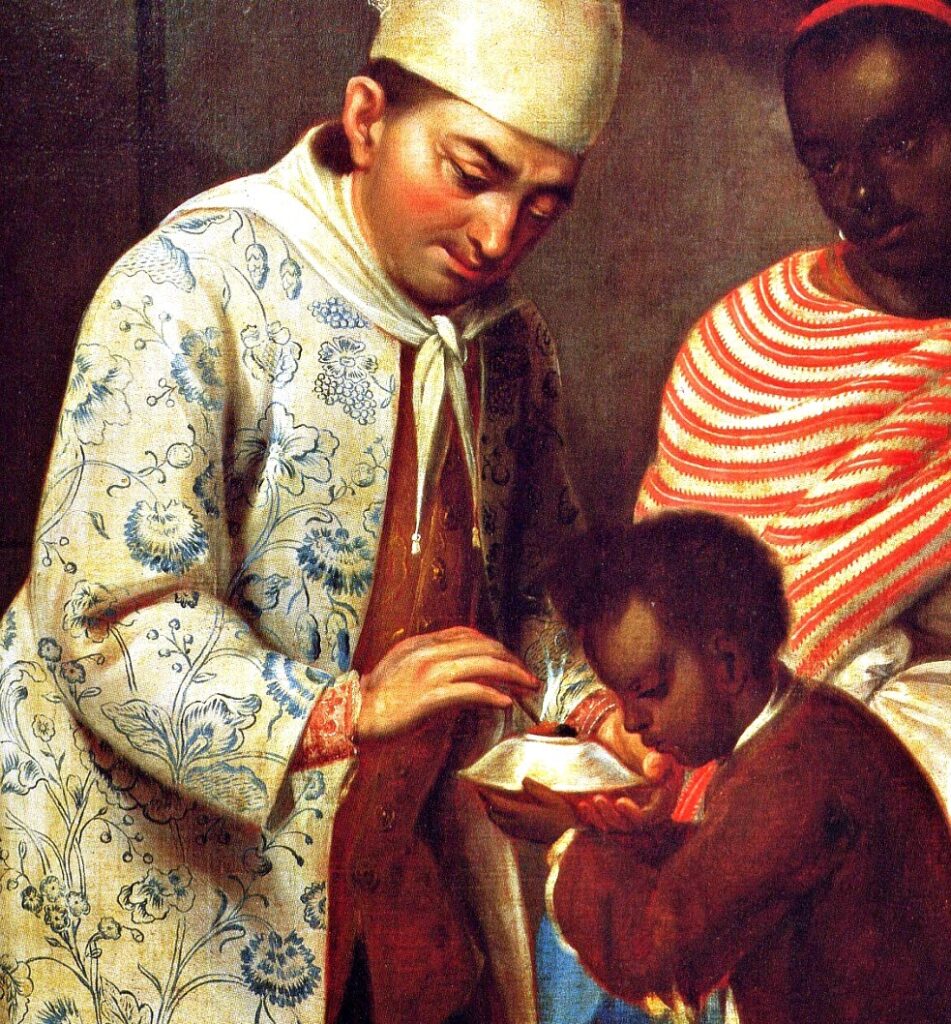
This post is an excerpt from my ebook: Mexican Chocolate, Stories and recipes of Mexico’s greatest gift to the world.



Welcome to my website, I am Rocio Carvajal food anthropologist culture & gastronomy educator and producer of the podcasts Pass the Chipotle and Hungry Books.
Encyclopædia Britannica will continue to use ‘Gulf of Mexico’ for a few reasons:
-We serve an international audience, a majority of which is outside the U.S.
-The Gulf of Mexico is an international body of water, and the U.S.’s authority to rename it is ambiguous.
🧵⬇️
